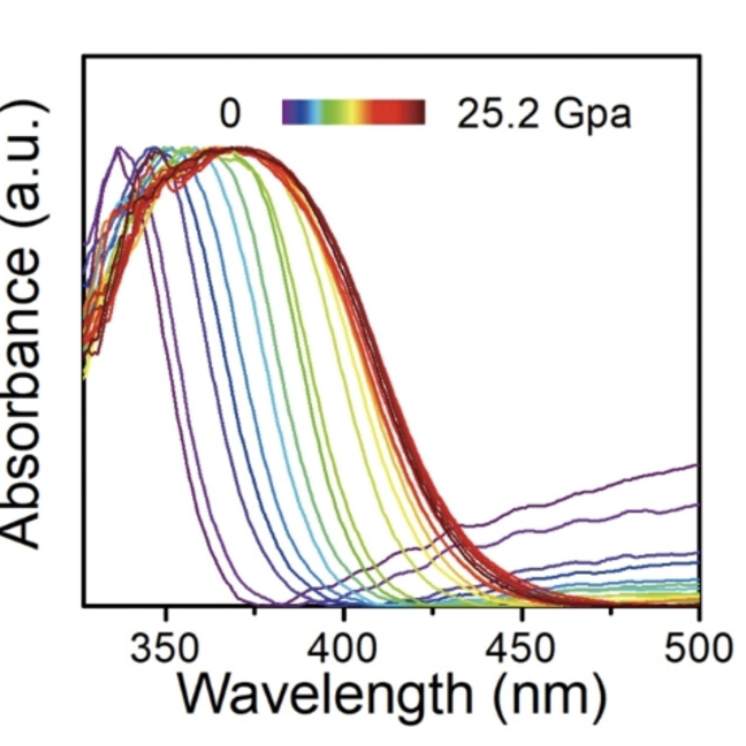Abstract
Hybrid metal halides are emerging semiconductors as potential candidates for optoelectronics. The pursuit of hybridizing various dimensions of metal halides remains a desirable yet highly complex endeavor. By utilizing dimension engineering, a diverse array of new materials with intrinsically different electronic and optical properties has been developed. Here, we report a new family of 2D-0D hybrid bimetallic halides, (C6N2H14)2SbCdCl9 ∙ 2H2O (SbCd) and (C6N2H14)2SbCuCl9 ∙ 2H2O (SbCu). These compounds adopt a new layered structure, consisting of alternating 0D square pyramidal [SbC5] and 2D inorganic layers sandwiched by organic layers. SbCd and SbCu have optical band gaps of 3.3 and 2.3 eV, respectively. These compounds exhibit weak photoluminescence (PL) at room temperature, and the PL gradually enhances with decreasing temperature. Density functional theory (DFT) calculations reveal that SbCd and SbCu are direct gap semiconductors, where first-principles band gaps follow the experimental trend. Moreover, given the different pressure responses of 0D and 2D components, these materials exhibit highly tunable electronic structures during compression, where a remarkable 11 times enhancement in PL emission is observed for SbCd at 19 GPa. This work opens new avenues for designing new layered bimetallic halides and further manipulating their structures and optoelectronic properties via pressure.
